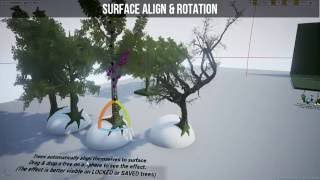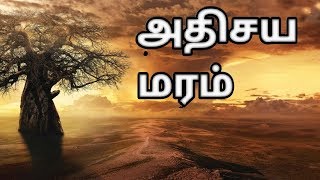Wednesday, 17 December, 2025г.
















Где искать: по сайтам Запорожской области, статьи, видео ролики
пример: покупка автомобиля в Запорожье
Yellow Mal Mara Tree (Albizzia lebbek)
Mara (Albizzia lebbek) is a rare and valuable tree found bordering forest areas. This tree produces a long straight bole and when polished takes on a gold luster. It could be mistaken for Nadun or Suriya Mara. Native tree of Madagascar. Introduced into Sri Lanka before 1841.It is also cultivated in home gardens as an ornamental tree.
Description: Royal poinciana is a flamboyant tree in flower - some say the world's most colorful tree. For several weeks in spring and summer it is covered with exuberant clusters of flame-red flowers, 4-5 in across. Even up close the individual flowers are striking: they have four spoon shaped spreading scarlet or orange-red petals about 3 in long, and one upright slightly larger petal which is marked with yellow and white. Royal poinciana gets 30-40 ft tall, but its elegant wide-spreading umbrella-like canopy can be wider than its height. Royal poinciana is deciduous in climates that have a marked dry season, but in Florida and other areas where the winter is not that much dryer than the summer, it is a semi-evergreen tree. Even the leaves are elegant: they are lacy and fernlike, twice-pinnate, and 12-20 in long with 20-40 pairs of primary leaflets, each divided into 10-20 pairs of secondary leaflets. The dark brown pods are flat and woody, up to 24 in long and 2 in wide. A naturally occurring variety (var. flavida) has golden-yellow flowers.
Propagation: By seeds or occasionally cuttings.
Part Used: Whole tree.
Chemical Constituents:
Uses: Royal poinciana is a spectacular shade tree in tropical climates. As a free standing specimen tree, it has no peers. Picture this beauty framed by a cluster of coconut palms! Royal poinciana tolerates salty conditions and can be grown near the coast, but not in openly exposed beach conditions. Royal poinciana tolerates hard pruning and can be kept at a small size, and even grown in the greenhouse.
Yes, there are down sides. Royal poinciana has shallow, wide-spreading roots that will not allow underplanting and the roots can be a threat to building foundations and sidewalks. The tree sheds large woody pods and brittle branches that get broken off in the wind. Seedlings will come up all around the tree.
Теги:
Golden Mohur Mal Mara Flame tree Ayurvedic Plants tree Plants Details Botany Plant neve em Brasília
Похожие видео
Мой аккаунт


 У вашего броузера проблема в совместимости с HTML5
У вашего броузера проблема в совместимости с HTML5


